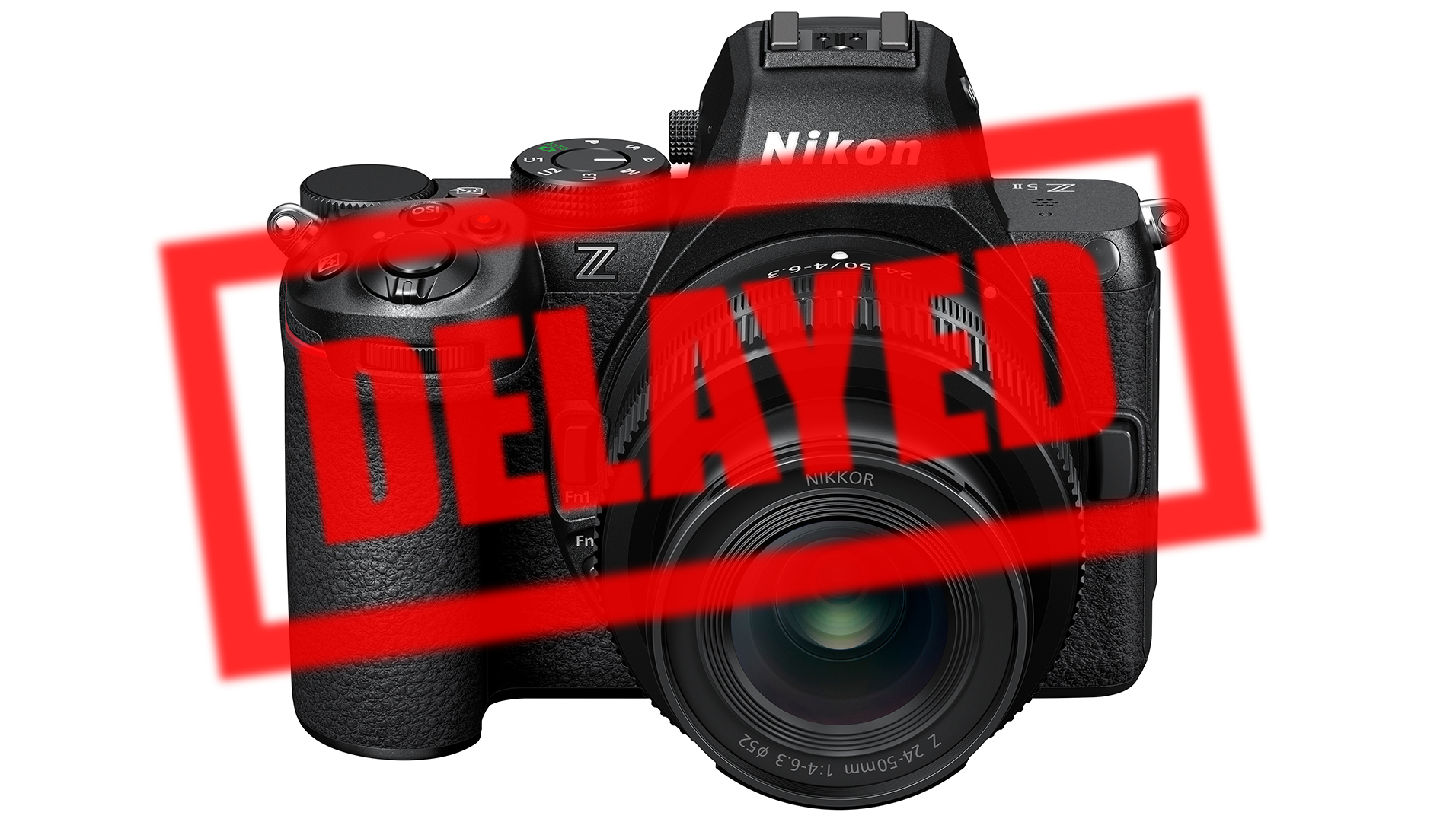Best star tracker camera mounts for astrophotography
The best star trackers offer a portable rotating camera mount to take long-exposure nightscapes and Milky Way shots
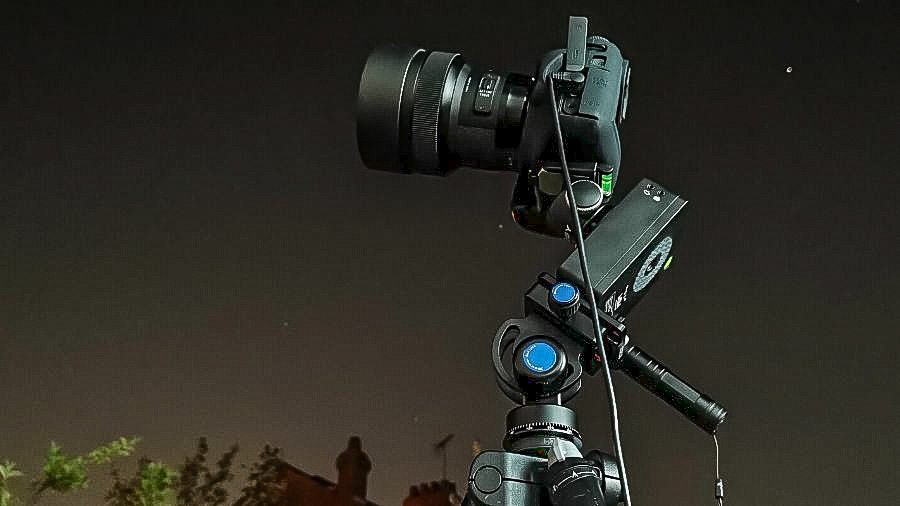
The best star trackers are a vital tool for long-exposure astrophotography. That's becauses the Earth's rotation causes stars to appear to move during long exposures, resulting in blurred star images. A star tracker solves that problem, because it rotates the camera in sync with the Earth's rotation to keep the stars sharp.
When choosing a star tracker, key factors to consider are portability, weight capacity, ease of polar alignment, and battery life. The best option for you will depend on your specific needs and goals when it comes to astrophotography.
In this article, we'll cover the top star trackers in different categories, including best overall, best for beginners, best for battery life and more.
Our top picks
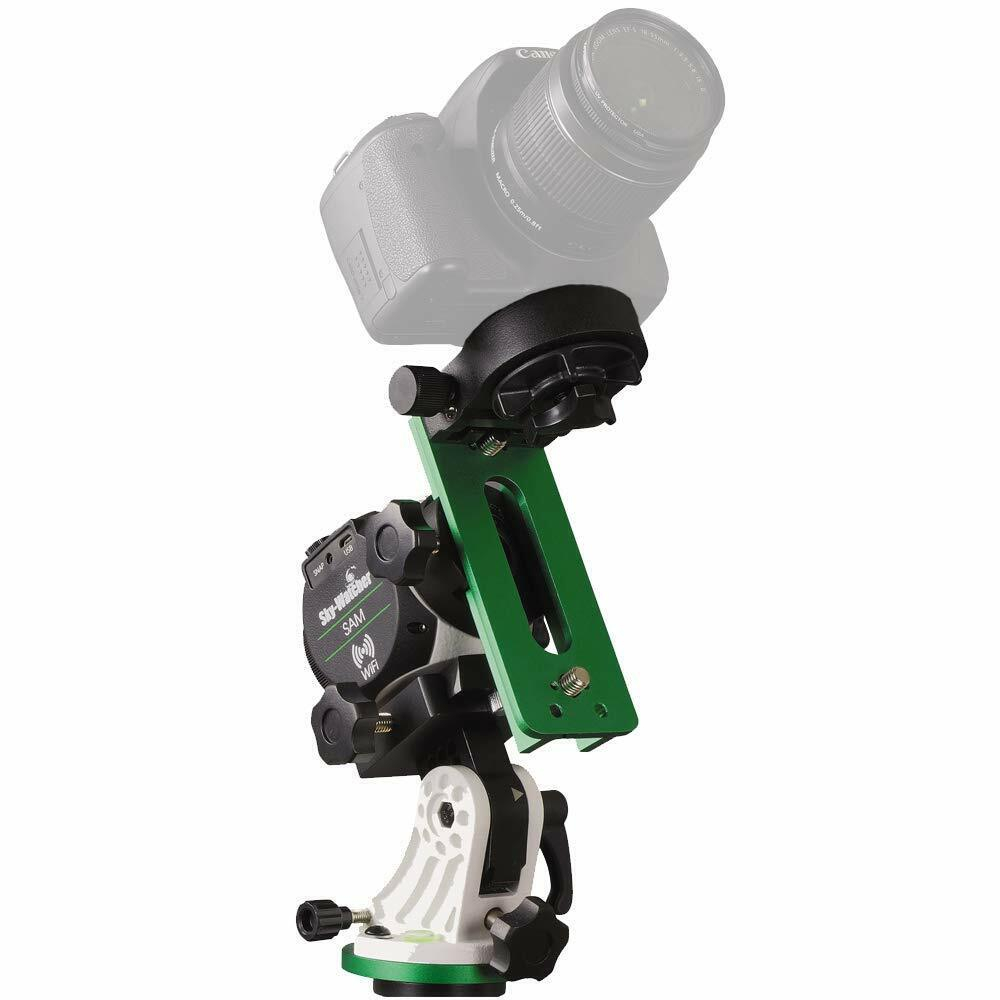
Best for phone
Easy to fit into a camera backpack and relatively quick to set-up, this star tracker is one of the smartest star trackers around thanks to the utilization of smartphone tech. Ideal for anyone wanting to produce widefield nightscape long exposure shots.
Read more below
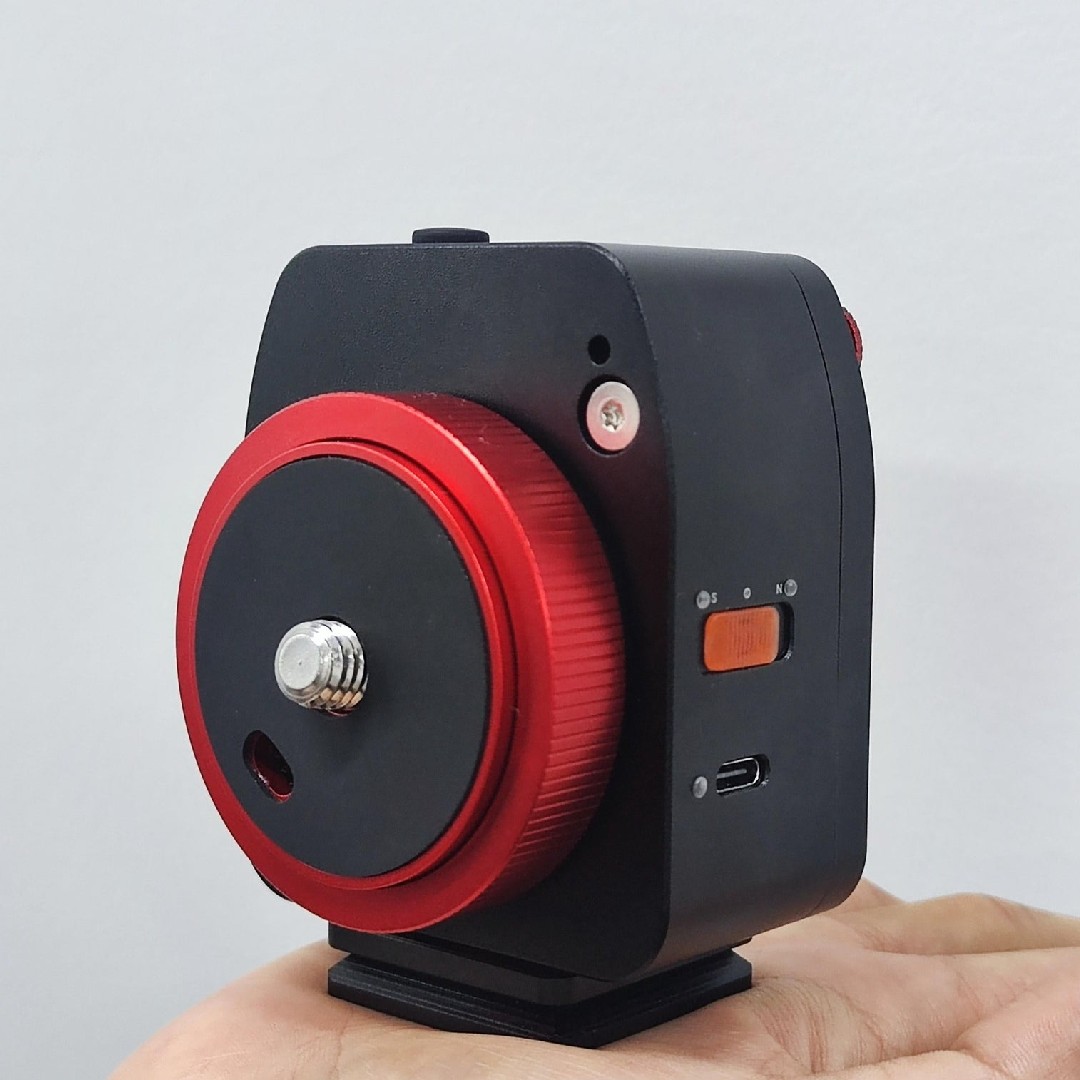
Best for beginners
This is a compact and affordable option for astrophotographers that we'd particularly recommend for beginners. It allows for long exposures of up to five minutes by rotating the camera in sync with the Earth's rotation, preventing star trailing.
Read more below
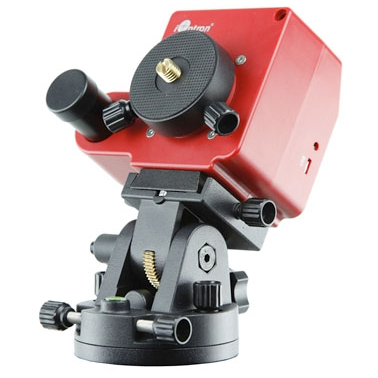
Best for travel
If you’re hiking a long way and want to keep the weight down, but need a long battery life, look no further. This model offers four tracking rates; stars, 1/2 speed, lunar and solar, so you can also use it to photograph the Moon and even solar eclipses.
Read more below
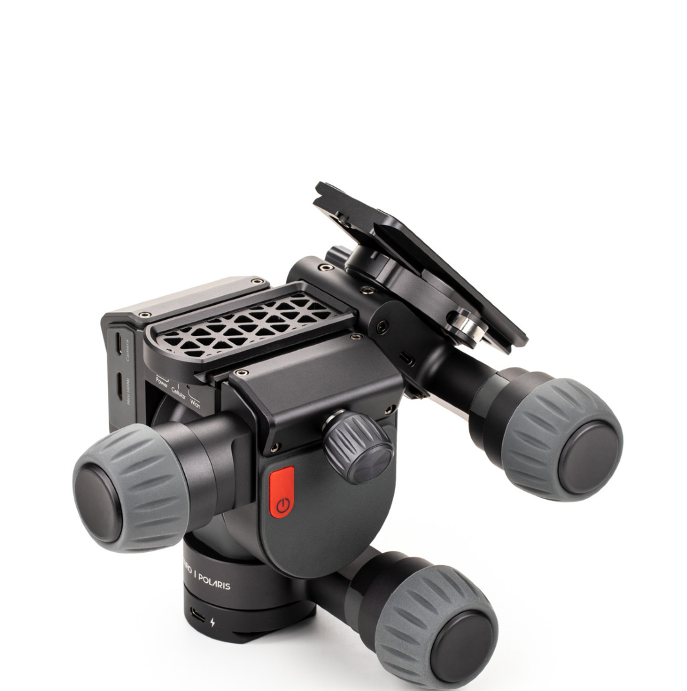
Best smart tracker
The Benro Polaris Astro Edition is a ground-breaking design, that uses your smartphone to align to the stars and its build quality is unrivaled among star trackers. It has its fair share of quirks, though, and it's very expensive.
Read more below
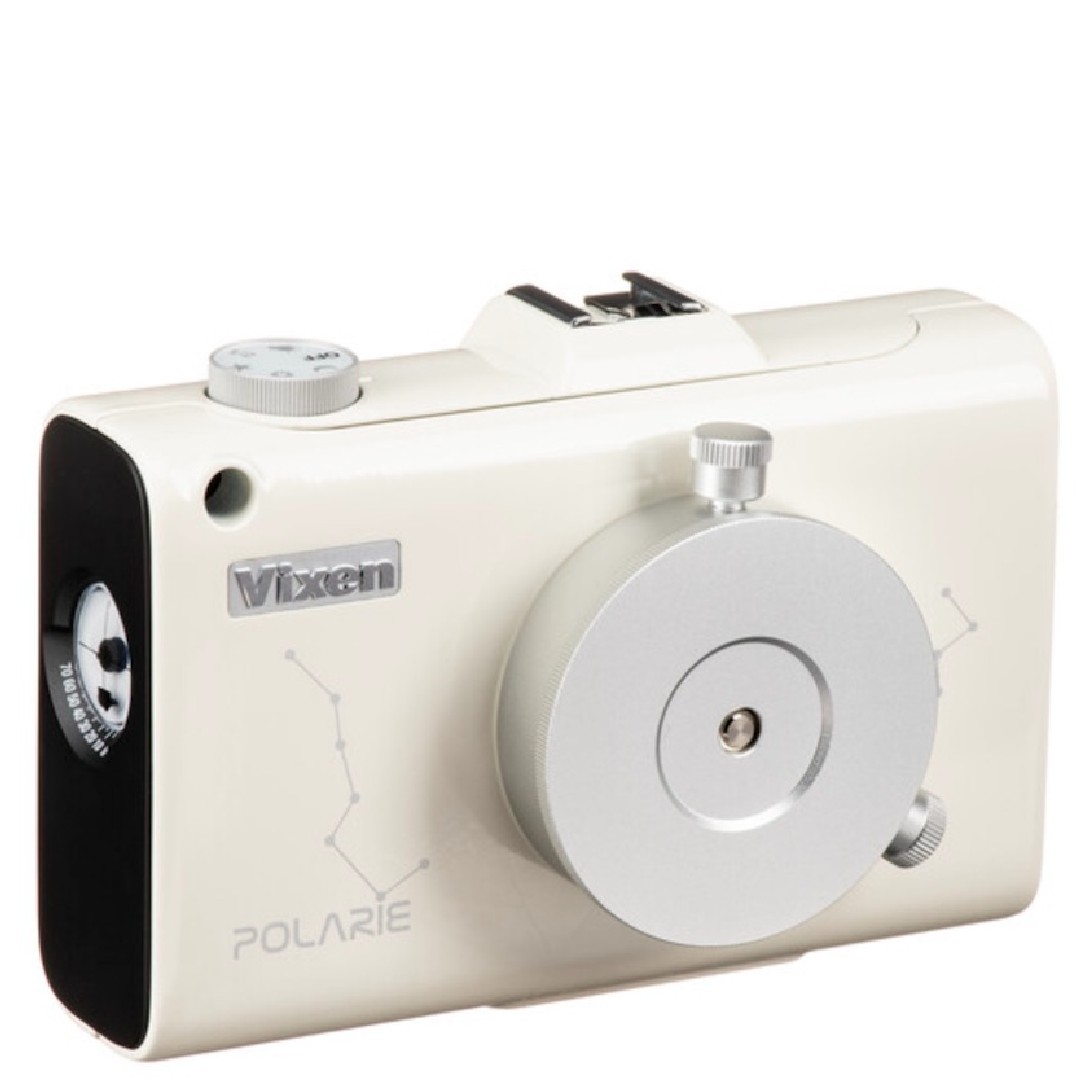
Best for small cameras
The Vixen Optics Polarie is designed to work with wide-angle lenses to image star fields and the Milky Way. Featuring a built-in compass and latitude meter (which are helpfully illuminated in red light), alignment is very straightforward.
Read more below
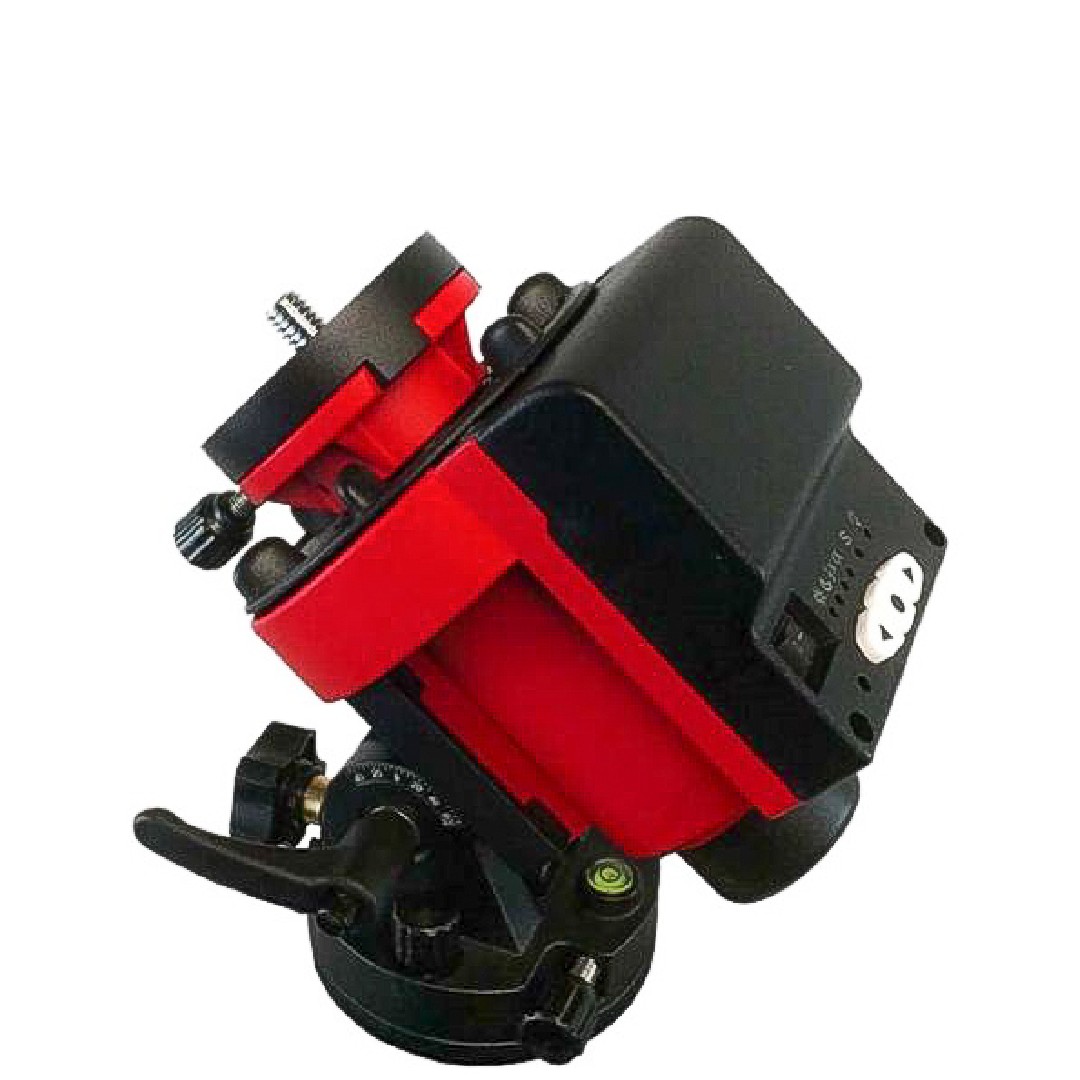
Best for deep sky This can safely support a whopping 5kg, which means a zoom lens and even a (small) telescope can also be attached. It has four tracking rates; stars, Sun, Moon, and, as a bonus, a 1/2 speed for motion time-lapses during the day or night.
Read more below
Best star trackers for astrophotography
Why you can trust Digital Camera World
Best overall
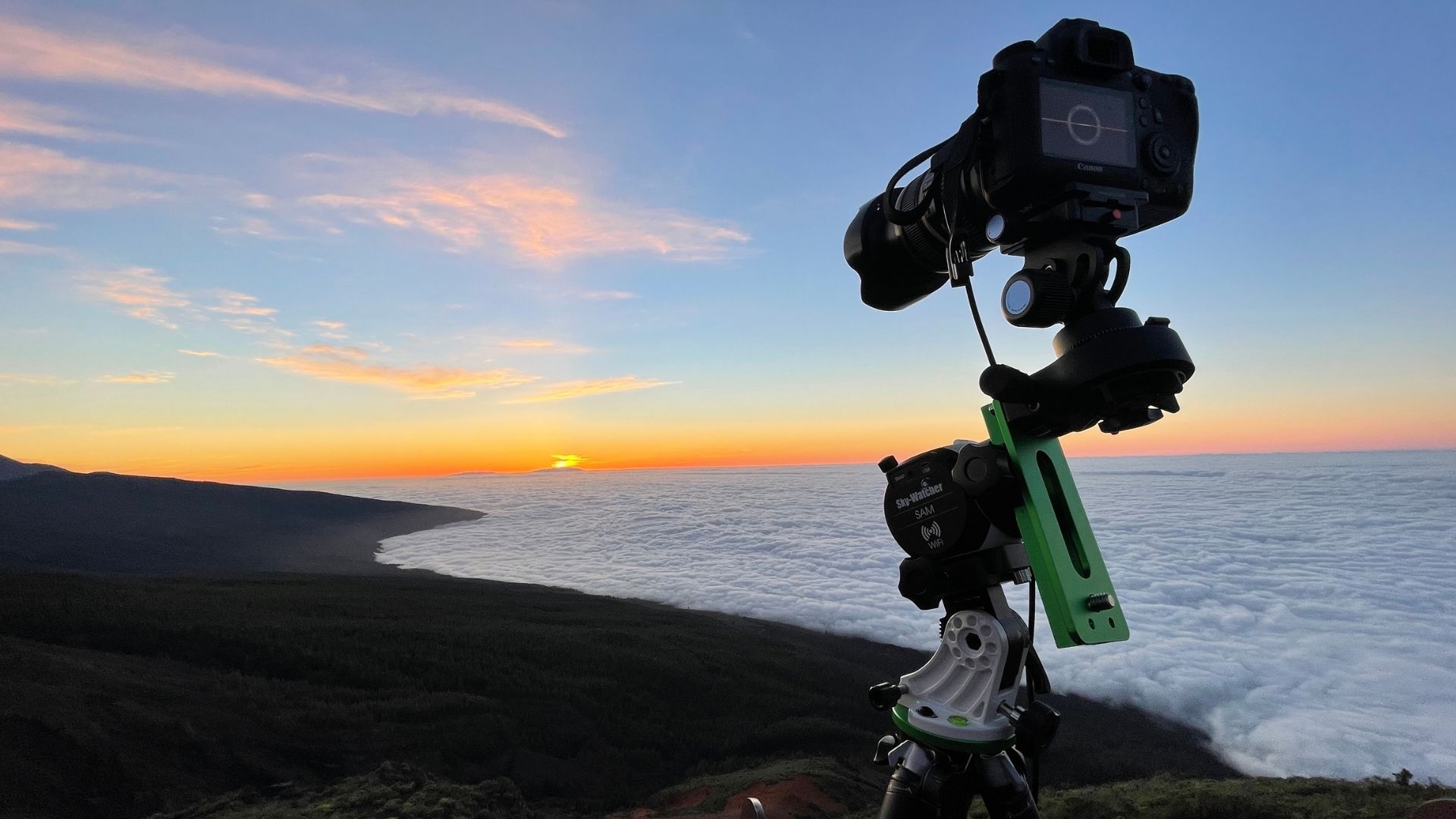
Specifications
Reasons to buy
Reasons to avoid
The Sky-Watcher Star Adventurer Mini – as its name perhaps suggests – is one of the most portable star trackers on the market, given its small size. It's also one of the smartest star trackers around thanks to the utilization of smartphone technology. Despite being designated as for 55mm lenses, our reviewer tried it with a much heavier 24-105mm lens and got great results at all focal lengths.
With your smartphone already armed with the free Star Adventurer Mini Console app on Android or iPhone it’s possible to perform a polar alignment with the included polarscope and Polar Clock feature, which also allows you to change the speed for time-lapse modes. Alignment is a breeze, making it a suitable option for novice astrophotographers.
The overall build is of very good quality, although the polarscope's illuminator could do with an upgrade. The scope's red light mode is effective in preserving night vision. The platform itself has a built-in intervalometer, so if your DSLR doesn’t have one built in you can just attach it to the camera mount.
Around 60-second exposures are achievable using a 100mm lens, though a counterweight is available that ups the load limit to 3kg. The images are very good, and we are impressed with the crystal clear results: we even managed to try a touch of deep-sky astrophotography with a fair outcome.
The Sky-Watcher Star Adventurer Mini can also perform motion time-lapses, plus it uses two AA batteries so it’s easy to refuel on the go. We recommend keeping your spares in your pocket – just to keep them warm enough for longer battery life – or using the micro USB port.
Read more: Sky-Watcher Star Adventurer Mini review for more details
Best for beginners
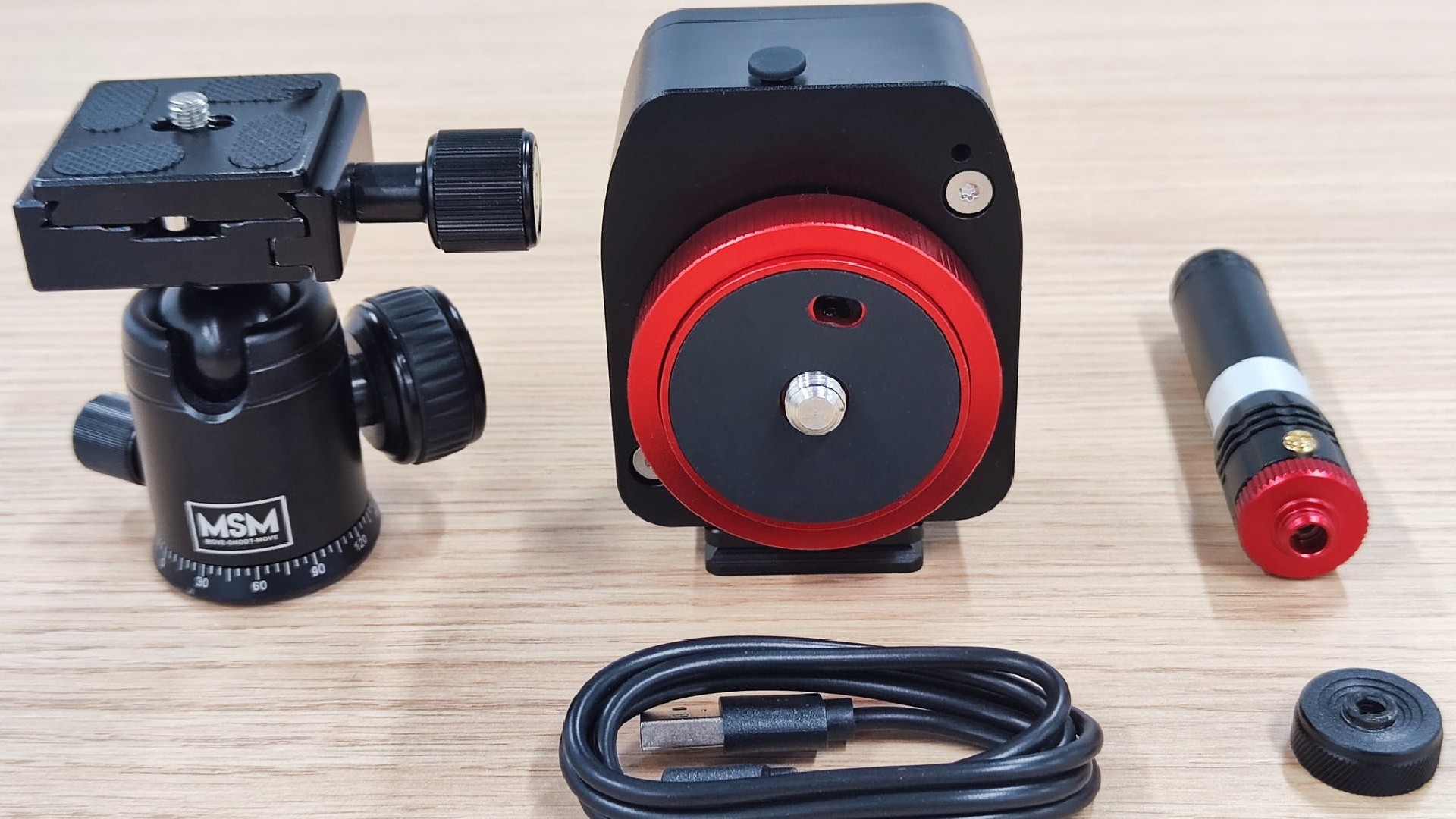
2. Move Shoot Move Nomad
Specifications
Reasons to buy
Reasons to avoid
The Move Shoot Move Nomad star tracker is a compact and affordable option for astrophotographers that we'd particularly recommend for beginners. It allows for long exposures of up to five minutes by rotating the camera in sync with the Earth's rotation, preventing star trailing.
It's simple to use once set up, and provides reliable performance for exposures up to 3-4 minutes, although longer exposures can be hit-or-miss due to external factors like wind and light pollution. Battery life is excellent, allowing for up to 5,000 shots.
While the Move Shoot Move is very portable (weighing just 430g), its low weight capacity of 7lbs means it works best with wider lenses rather than heavy telephoto or telescope setups. It's also worth noting that additional accessories like a laser pointer and geared tripod head are required for proper polar alignment, adding to the overall cost.
Overall, though, this is a good budget-friendly option for astrophotographers shooting with wide-angle lenses who value portability. However, those with heavier camera setups or deeper astrophotography ambitions may need to look at larger and more expensive star trackers as an alternative.
Best for travel
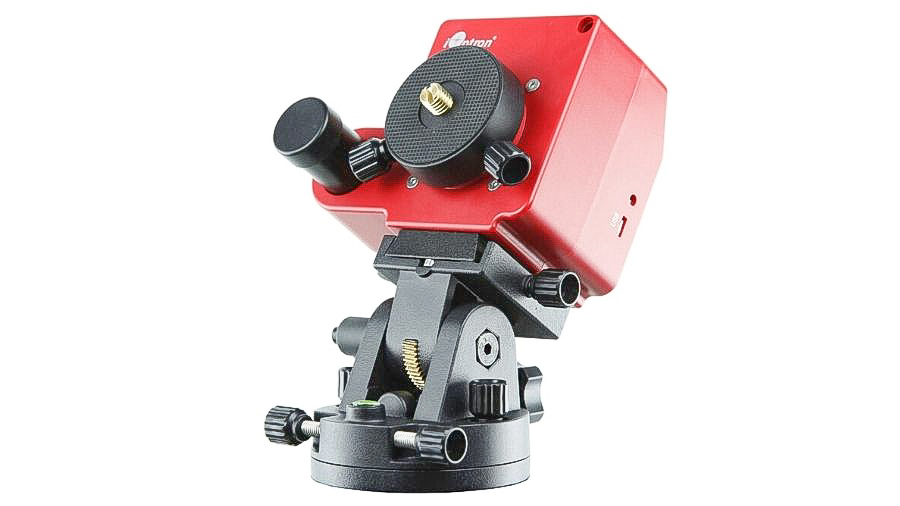
3. iOptron SkyTracker Pro
Specifications
Reasons to buy
Reasons to avoid
If you’re restricted on the weight of your camera bag, but need a long battery life, look no further than the iOptron SkyTracker Pro. Over the older generation of SkyTracker, the feel of the Pro has improved – despite iOptron switching out the metal components, you are left with a setup that doesn't feel that it's going to fall apart during observations: everything is welded beautifully together. Seasoned astrophotographers may miss the cast metal fixtures, but the SkyTracker Pro doesn't suffer without them.
A much more basic version than the brand’s souped-up iOptron SkyGuider Pro (featured below), the SkyTracker Pro’s built-in battery lasts for 24 hours, though it can be recharged via an external battery via micro USB.
The tracker has a loading capacity of 3kg: loading a DSLR even slightly heavier than this caused the SkyTracker Pro to struggle somewhat – a counterbalance will rectify the problem, but it's worth noting that you won't be able to push the SkyTracker Pro much more beyond its capacity. Choose your lenses wisely!
Meanwhile, alignment is via a precision polarscope with an impressive eight brightness levels, as well as a smartphone app (iOptron Polar Scope for iOS and Polar Finder for Android). The app needs to be purchased separately at an extra cost, but alignment is a breeze once installed. The SkyTracker Pro also runs quite quietly, although it does vibrate as expected – no slippage was encountered though, and the exposures we took provided images with pin-sharp stars.
Something we discovered – and it’s important to note – is that both iOptron products use a platform that can’t handle motion time-lapses. Nevertheless, the SkyTracker offers four tracking rates; stars, 1/2 speed, lunar and solar, so you can also use it to photograph the Moon and even solar eclipses.
Best smart tracker
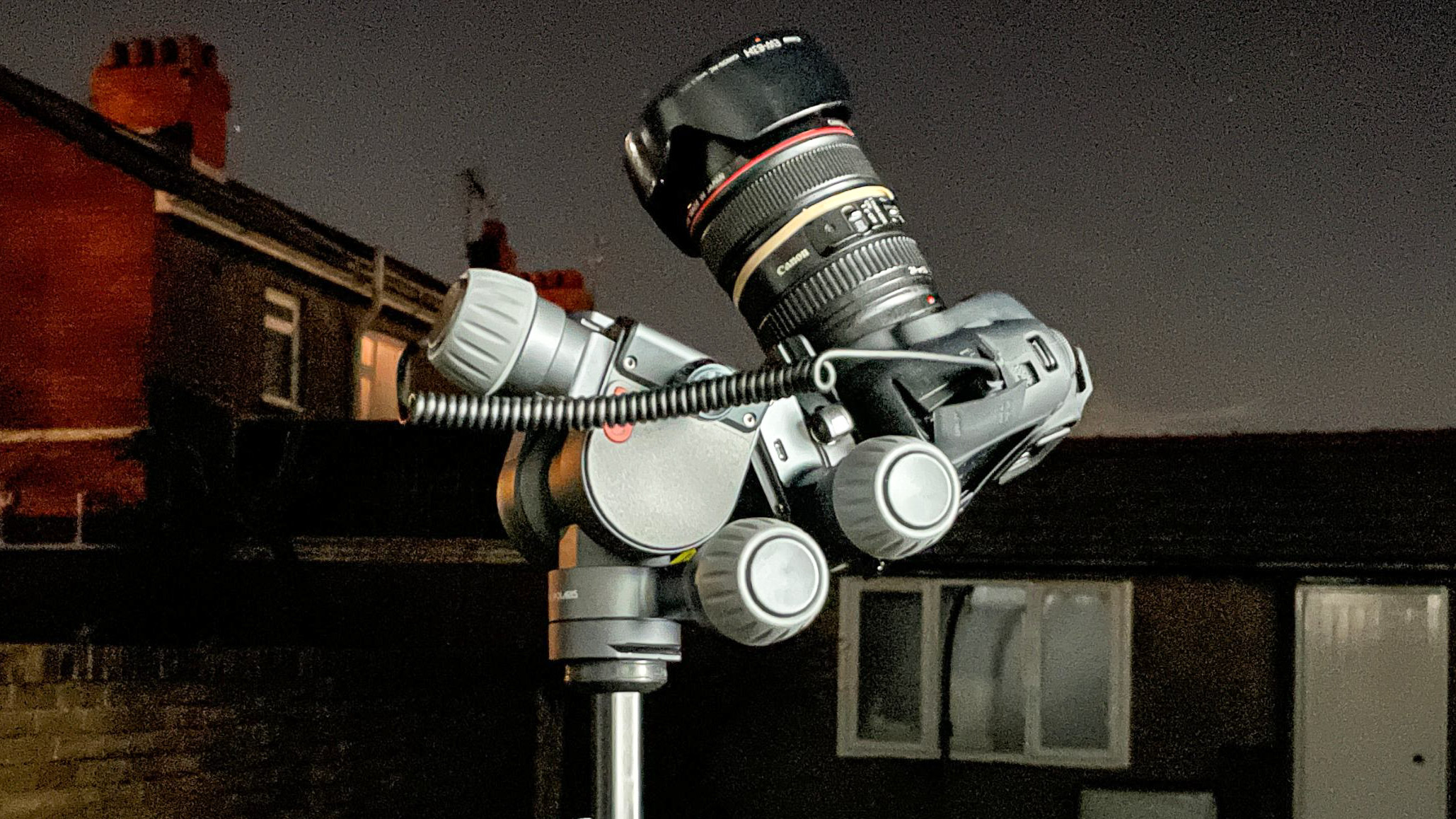
Specifications
Reasons to buy
Reasons to avoid
The Benro Polaris Astro Edition is easily one of the best star tracker camera mounts for astrophotography available, but it’s also by far the most expensive. Its build quality is unrivaled among star trackers, but in use, it has its fair share of quirks.
It is a ground-breaking design, that uses your smartphone to align to the stars – and this is something we hope catches on with other star-tracker brands – but its one-star alignment seems a little basic. We wonder if two or three-star alignment (which most computerized telescopes use) or plate-solving tech to automatically align (as featured on smart telescopes) would allow even longer tracked images.
Let’s hope the app keeps developing because the Benro Polaris has the potential to be a truly autonomous and easy-to-use star tracker – but it’s not quite there yet.
Read our full Benro Polaris Astro Edition review for more details
Best for small cameras
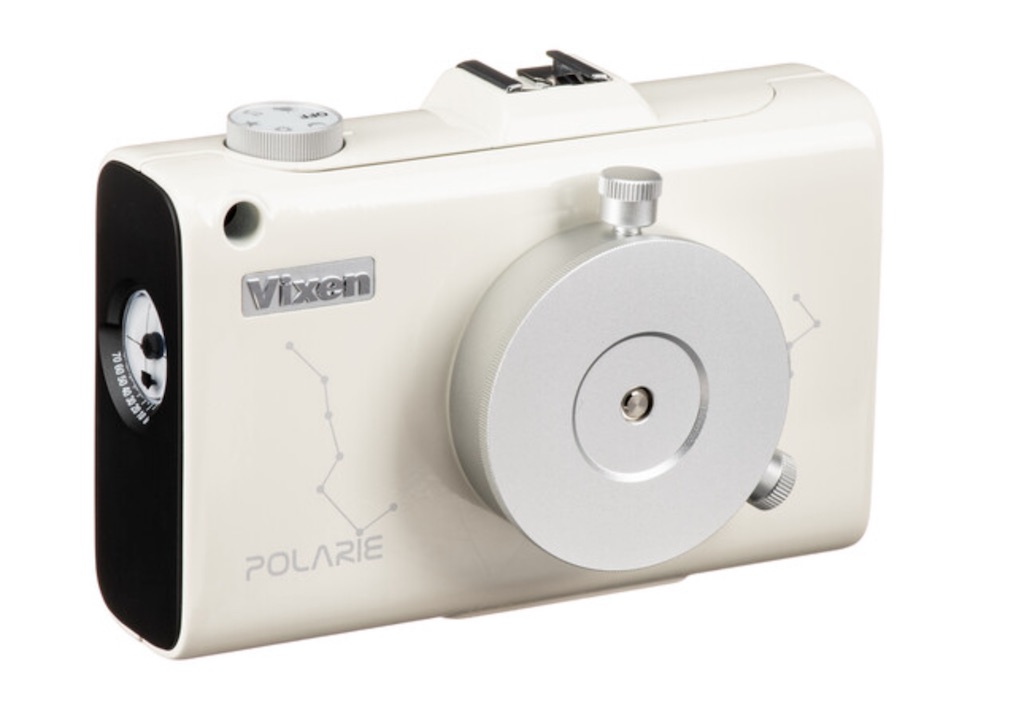
5. Vixen Optics Polarie Star Tracker
Specifications
Reasons to buy
Reasons to avoid
The Vixen Optics Polarie is designed to work with wide-angle lenses to image star fields and the Milky Way. Featuring a built-in compass and latitude meter (which are helpfully illuminated in red light for set up at night), alignment is very straightforward – you'll need to locate the celestial pole through a sight hole or polarscope, with takes moments to achieve. There’s also a Vixen PF-L Assist phone app for iOS and Android.
Like the iOptron suite of products, the Polarie can track the stars, Sun, and Moon, with a 1/2 speed for motion time-lapses at night. Meanwhile, the overall build is perhaps the best we've ever come across in the star tracker market – especially given the reasonable price tag and performance.
Similar to the Sky-Watcher model, the Polarie runs on two AA batteries – we discovered that the battery life doesn't last for very long, limiting us to no more than roughly two hours of valuable imaging time. However, the results we did get are superb with perfectly circular stars in our images.
To ensure no interruptions, we recommend powering the Polarie from a portable battery over a micro USB, something that we did find to work best over switching batteries out throughout our session.
With the Polarie, the load is very limited at 2.5kg, but it is possible to upgrade the kit with counterweights to a capacity of 6.5kg, making it possible to use 200mm+ lenses. Just make sure that you have a tripod and mount that can take the weight of your setup!
Best for deep sky
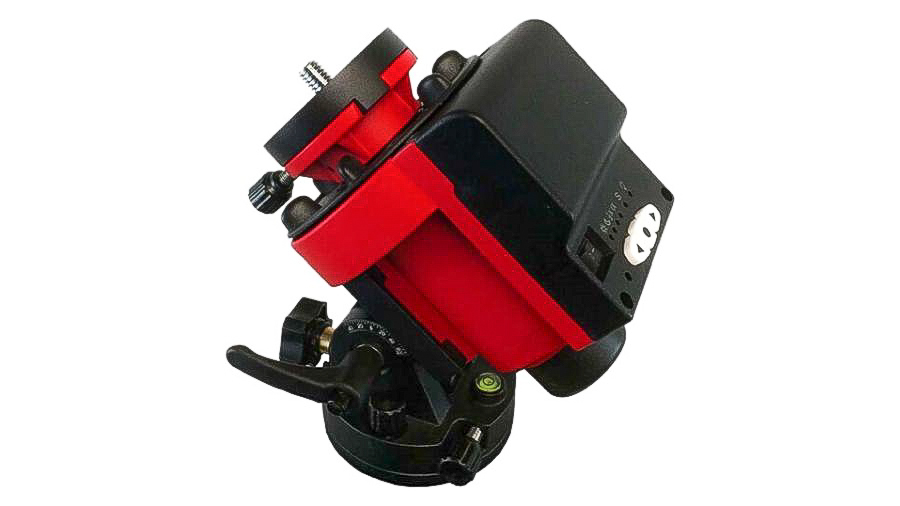
6. iOptron SkyGuider Pro
Specifications
Reasons to buy
Reasons to avoid
The iOptron SkyGuider Pro can safely support a whopping 5kg, which means a zoom lens and even a (small) telescope can also be attached. As well as making deep-sky shots possible, it has four tracking rates; stars, Sun, Moon, and, as a bonus, a 1/2 speed for motion time-lapses during the day or night.
This star tracker comes with a 1.35kg counterweight and has a built-in shutter triggering port so you don’t need to use an add-on intervalometer. In our experience, alignment using the SkyGuider Pro system – an electronic polar finder scope known as the iPolar – is painless. If you'd rather use your smartphone for the process though, there’s also an iOptron Polar Scope app for iOS and Polar Finder for Android, which also works well enough and gets us from A to B.
The built-in rechargeable battery has a decent runtime (though you can also run it off a portable battery) and we enjoyed uninterrupted imaging. Results are very impressive, with good results of a selection of stars and galaxies, and the operation of the setup isn't too noisy.
Although it can support long zoom lenses during short exposures when at long focal lengths, only wide-angle lenses can stand five-minute exposures. The SkyGuider Pro is also not able to perform motion time-lapses: not a massive problem, given the excellent results achieved with this tracker.
Best for battery life
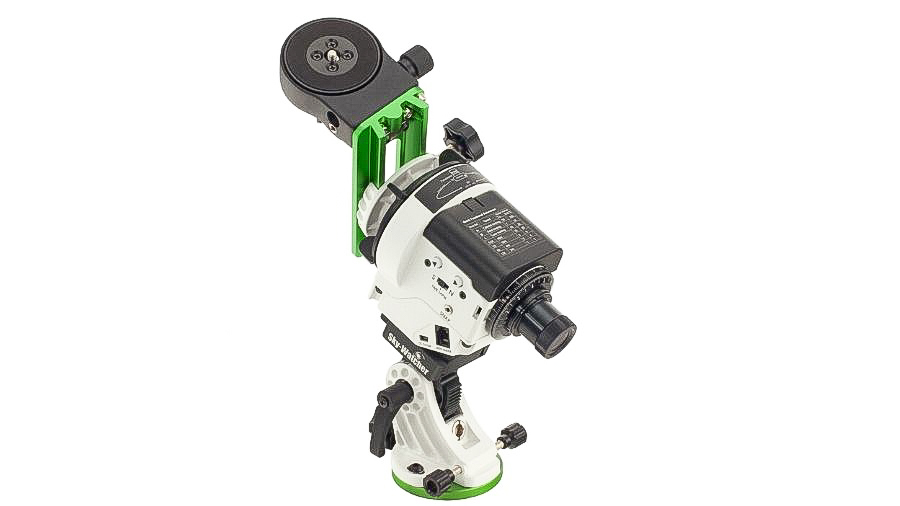
7. Sky-Watcher Star Adventurer Pro
Specifications
Reasons to buy
Reasons to avoid
Offering almost twice as much payload as its ‘little brother’, the Sky-Watcher Star Adventurer Mini, this Pro version also ramps up the battery life by using four AA batteries that last for 72 hours. That’s plenty of time for a field trip into remote areas while also being simple enough to swap out mid-shoot.
The original portable tracking mount that’s easy to set up (it uses a polarscope with Sky-Watcher’s free SynScan app for iOS and Android), the Pro is nevertheless a heavyweight in terms of design, meaning that it's not as portable as its competitors. That’s extended by the inclusion of a counterweight kit (a dovetail L-bracket and an equatorial wedge) for use with zoom lenses up to a focal length of about 400mm. Astrophotographers should make sure that they have a sturdy mount and tripod to support this star tracker.
The Adventurer Pro is able to track stars, Sun and Moon and also offers various motion time-lapse modes. It has a built-in intervalometer to attach a DSLR to, which makes this competent platform completely automated.
On the whole, this tracker is easy to use and operates quite flawlessly, allowing us to achieve pin-sharp results at a variety of exposures. The supplied manual is comprehensive enough, and we recommend giving this a thorough read before using the setup – it's very easy to fiddle with elements, which will take a while to put right.
FAQs
What is a star tracker?
One of the main challenges with photographing the night sky is that the stars move, or rather, they appear to when captured with a long exposure. The Earth rotates once every 23 hours 56 minutes and 4 seconds – and so do you – so the position of stars appears to constantly move too. Try a long exposure of just 30 seconds and you’ll get blurred stars. The ultimate proof of that is a star-trail photo, which shows the path of stars in the night sky over a few hours.
So what do you do if you want to shoot the night sky with long shutter speeds over 30 seconds – and as long as four or five minutes – but you don't want blurred results? That's where you'd use a rotating star tracker, a device you place between the camera and tripod, which, when aligned with the north celestial pole (if you’re in the Northern Hemisphere) or the south celestial pole (if you’re in the Southern Hemisphere) will keep your camera in sync with Earth’s rotation.
It becomes so useful because long exposures of two minutes or more are necessary to capture enough light, color, and detail to properly reveal the Milky Way, as well as faint celestial sights such as star fields, galaxies, nebulae, and even gas clouds.
When shooting close-ups, astrophotographers will often strap their cameras with zoom lenses to telescopes mounted on equatorial mounts; star-trackers like these are all about portability and are best used with a wide-angle (which are generally considered the best lenses for astrophotography).
Why do photographers use star trackers?
A slowly moving platform means you'll get sharper and cleaner star fields. It will also give you a blurred foreground, so you need to be prepared to do some blending and post-processing when you use a star tracker. Astrophotography will not be as crisp and colorful as you have seen it until you use a tracker so that the shutter can stay open long enough to capture a clean, noise-free image.
Is an astrophotography star tracker and a star tracker app the same?
No. You can get a number of apps for phones which take advantage of the positioning tech to calculate where you are and help show you a live map of the stars – essentially a kind of AR. Apps like GoSkyWatch Planetarium or Star Finder can be a useful tool for astrophotographers too, but the 'star trackers' listed above are devices to help keep the camera pointed at the stars even as the earth rotates so you can keep the shutter open a very long time.
How to choose the best star tracker
When choosing the best star tracker for astrophotography, there are a few key factors to consider. Portability is important, so look for a compact, lightweight model that's easy to transport to remote shooting locations. The weight capacity of the tracker is also crucial, ensuring it can support your camera and lens setup. The ease and accuracy of aligning the tracker with the celestial pole is crucial for long exposures, so automated or motorized polar alignment is preferred over manual.
Additionally, long astrophotography sessions require a star tracker with ample battery life, ideally lasting several hours between charges. Other features to look for include wireless remote control, auto-guiding capabilities, and compatibility with your specific camera and lens. Ultimately, the best star tracker balances performance, portability, and user-friendliness to suit your astrophotography needs.
How we test star trackers
In our testing of star trackers, we evaluate a variety of factors to determine the top picks for astrophotographers. We put the trackers through real-world testing, assessing ease of setup and polar alignment, tracking accuracy over long exposures, camera payload capacity, battery life, portability and overall user-friendliness.
To compare image quality, we capture long-exposure shots with each tracker and scrutinize the sharpness and clarity of the star fields. Detailed field testing, both in the lab and outdoors, is necessary to fully assess the performance, features, and value proposition of the different star tracker models.
By rigorously testing under practical astrophotography conditions, we're able to provide reliable recommendations that balance key factors like accuracy, ease of use, and portability. Our goal is to guide you towards the best star tracker for your specific requirements and budget.
Read more:
The best lenses for astrophotography
Best telescopes for astrophotography Best camera equipment for astrophotography
The best CCD cameras for astrophotography
Best light pollution filters for astrophotography
Get the Digital Camera World Newsletter
The best camera deals, reviews, product advice, and unmissable photography news, direct to your inbox!
Gemma is content director of science and space magazines How It Works and All About Space, history magazines All About History and History of War as well as Science, Technology, Engineering, Arts and Mathematics (STEAM) kids education brand Future Genius. She is the author of several books including "Quantum Physics in Minutes", "Haynes Owners’ Workshop Manual to the Large Hadron Collider" and "Haynes Owners’ Workshop Manual to the Milky Way". She holds a degree in physical sciences, a Master’s in astrophysics and a PhD in computational astrophysics. She was elected as a fellow of the Royal Astronomical Society in 2011. Previously, she worked for Nature's journal, Scientific Reports, and created scientific industry reports for the Institute of Physics and the British Antarctic Survey. She has covered stories and features for publications such as Physics World, Astronomy Now and Astrobiology Magazine.

